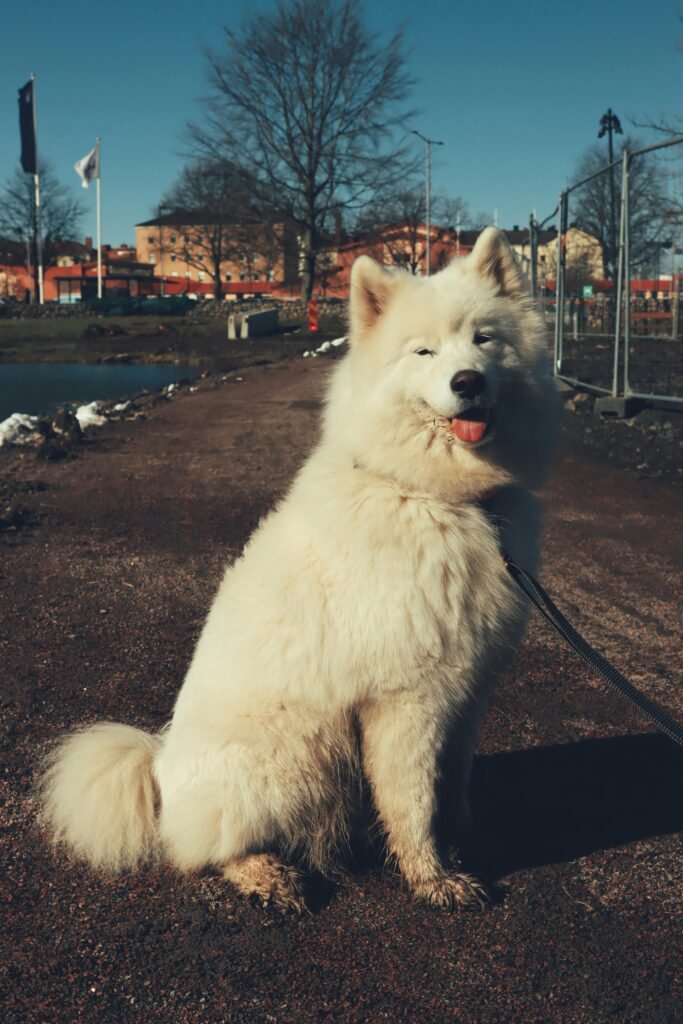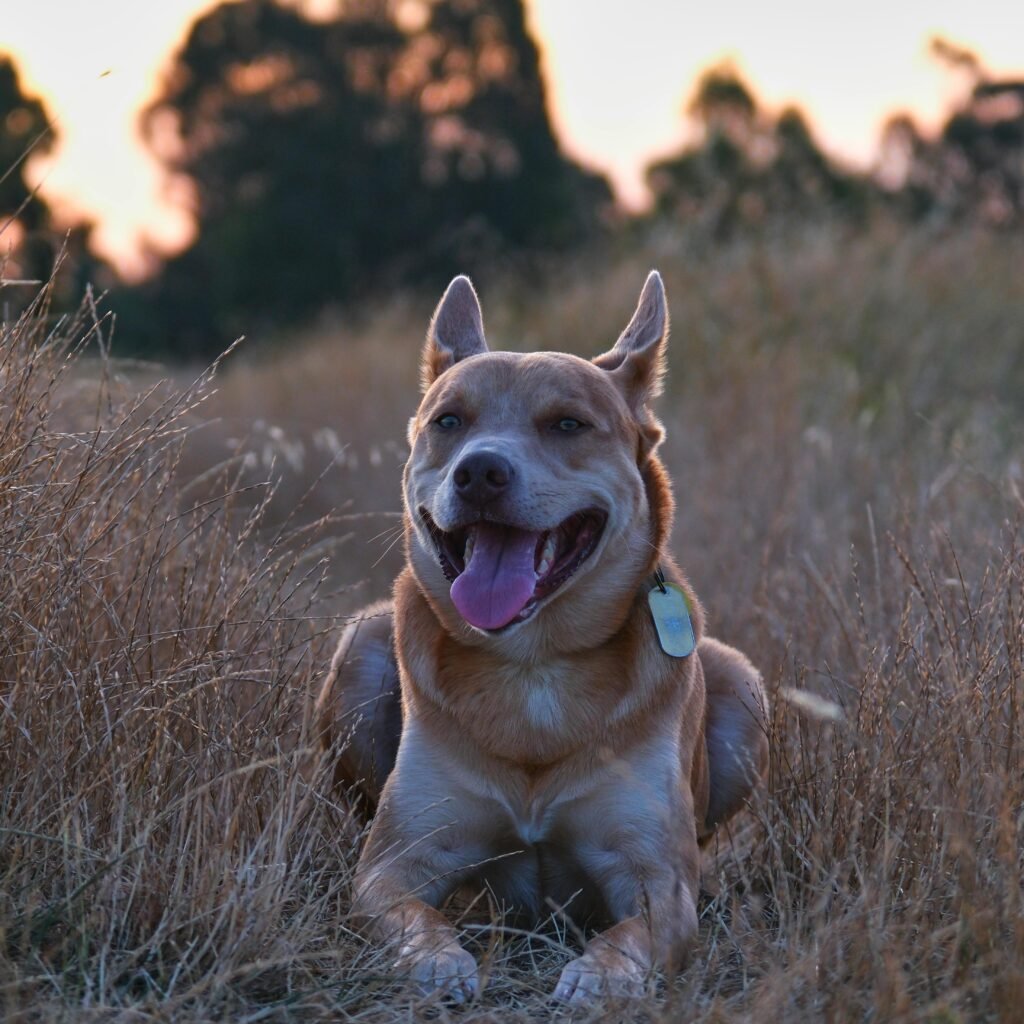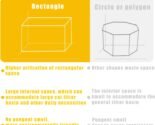
10 Essential Basic Dog Training Commands
If you’ve recently welcomed a new furry friend into your family, or if you’ve had a four-legged companion for years but they still need a little guidance, mastering the 10 essential basic dog training commands is a must. These commands lay the foundation for a well-behaved and obedient dog, ensuring a harmonious life together. From sit and stay to come and leave it, these basic commands will not only impress your friends and family, but also create a strong bond between you and your canine companion. Ready to transform your pooch into the perfect pet? Let’s get started!

This image is property of images.pexels.com.
Find products like these on Amazon!
Sit
Teaching your dog the “Sit” command is an essential part of their training. This command helps establish control and obedience. To teach your dog to sit, you can use treats as positive reinforcement. Start by holding a treat close to your dog’s nose and move it upwards. As their head follows the treat, their bottom will naturally lower into a sitting position. Once they are in a sitting position, say the word “Sit” and give them the treat as a reward. Repeat this process several times until your dog understands the command.
Consistency is key when training your dog. It’s important to use the same word and hand signal every time you give the command. Whether it’s “Sit” or “Sit down,” choose a word that you’ll stick with throughout training. Your dog learns through repetition, so be consistent in your training sessions. Practice the “Sit” command in various settings and situations, so your dog can generalize the behavior. This means they will understand the command regardless of where they are or who else is present.
It’s natural for your dog to make mistakes during the learning process. When they don’t sit when commanded, avoid using physical force or punishment. Instead, calmly repeat the command and guide them into the sitting position again. Positive reinforcement works much better in training than punishment. Keep your training sessions short and rewarding, so your dog stays engaged and eager to learn.
Once your dog has mastered the “Sit” command with treats, you can gradually reduce their dependency on treats. Introduce occasional verbal praise and continue to reward them with treats intermittently. Over time, your dog will become more reliable in following the command without treats. This progression helps reinforce their understanding of the command and encourages them to obey even without a reward.
Stay
The “Stay” command is another important training skill for your dog. It teaches them to remain in a specific location until you release them. Begin by asking your dog to sit. Once they are in a sitting position, hold your hand up in a stop gesture while saying “Stay” in a steady and firm voice. Take a step back and reward them for staying in place. Gradually increase the duration and distance of the stay, always rewarding them for successfully following the command.
When teaching the “Stay” command, it’s crucial to reinforce the behavior with rewards. Use treats, verbal praise, and affection to let your dog know they have done well. Rewarding your dog when they stay encourages them to repeat the behavior in the future. It’s important to reward them immediately after they have successfully stayed, as they need to understand that the reward is for staying and not for any other action.
Proofing the “Stay” command is essential to ensure that your dog will stay regardless of distractions, such as other people, animals, or noises. Gradually introduce distractions to your training sessions, starting with mild distractions and working your way up. If your dog becomes distracted and breaks the stay, calmly redirect their attention and start again. With consistent practice and reinforcement, your dog will become reliable in their ability to stay.
Find products like these on Amazon!
Come
The “Come” command is a crucial command for your dog’s safety. It teaches them to come to you when called, no matter the circumstances. To start teaching this command, use a long leash or work in a confined area where your dog can’t easily wander off. Get down to your dog’s level and excitedly call their name followed by the word “Come.” Encourage them with a happy tone of voice and open arms. When they come to you, reward them with treats and praise.
Consistency is vital when teaching the “Come” command. Always use the same word and tone of voice when calling your dog. This helps them associate the command with the desired action. Practice the command in various locations with different distractions, gradually increasing the difficulty. Ensure that your dog always has a positive experience when coming to you by rewarding their obedience every time.
Building reliability with the “Come” command is essential for your dog’s safety, especially when they are off-leash. You want to be confident that your dog will come to you no matter what, so practice regularly in different environments. Reinforce the command by rewarding your dog with high-value treats, especially when they come to you in challenging situations. Remember, a reliable “Come” command can potentially save your dog’s life in emergency situations.
Down
Teaching your dog the “Down” command is important for their safety and obedience. Use a combination of a lure and reward to teach this command. Hold a treat in your closed hand and place it near your dog’s nose. Slowly lower your hand towards the floor, leading your dog into a lying down position. As their body touches the floor, say the word “Down” and give them the treat as a reward. Repeat this process several times until your dog understands the command.
Maintaining a calm environment is crucial when teaching the “Down” command. Dogs are more likely to relax and stay in a down position when they feel secure and comfortable. Avoid any loud noises or stressful situations during the training sessions. Creating a positive and peaceful atmosphere will help your dog associate the “Down” command with relaxation and obedience.
Once your dog consistently responds to the “Down” command with the lure and reward technique, you can progress to using only the voice command. Practice saying the word “Down” without using the treat lure. If your dog doesn’t respond, gently guide them into the down position and reward them for following the command. Gradually reduce the use of physical guidance until your dog reliably responds to the voice command alone.
It’s important to avoid getting frustrated during the training process. Dogs pick up on our emotions, and if they sense our frustration, it can hinder their learning progress. Stay calm and patient, and always end the training session on a positive note. Consistency, positive reinforcement, and a calm environment will help your dog master the “Down” command.

This image is property of images.pexels.com.
Off
Teaching your dog the “Off” command is essential for managing unwanted behaviors such as jumping up or counter surfing. Consistently redirecting unwanted behavior is key to teaching this command. When your dog jumps up or engages in an unwanted behavior, firmly say “Off” and redirect them to an appropriate behavior such as sitting or lying down. Reward them with praise and treats when they respond correctly.
Positive reinforcement is crucial when teaching the “Off” command. Instead of punishing your dog for unwanted behavior, reward them for desired behavior. When your dog voluntarily gets off the couch when told “Off,” acknowledge their good behavior with enthusiasm and treats. This positive reinforcement helps them understand that responding to the “Off” command leads to a reward.
Avoid using punishment or force when teaching the “Off” command. Punishment can have negative consequences on your dog’s behavior and well-being. Instead, focus on providing clear and consistent cues for them to understand what is expected. With patience and positive reinforcement, your dog will learn to respond to the “Off” command reliably.
The “Off” command has implications for counter surfing and jumping, which are common unwanted behaviors in dogs. By teaching them to respond to the command, you can prevent them from snatching food from countertops or jumping on guests. Consistently reinforcing the “Off” command will make these behaviors less likely, creating a more harmonious environment for both you and your dog.
Leave it
The “Leave it” command is essential for your dog’s safety and teaches them to avoid picking up or engaging with potentially dangerous objects. Start teaching this command by using a low-value object, such as a toy or treat. Hold the item in your closed hand and say “Leave it” in a firm and clear tone. When your dog doesn’t attempt to grab the item, reward them with a high-value treat or their favorite toy. Repeat this process, gradually increasing the difficulty by using higher-value items.
Increasing the difficulty of the “Leave it” command is crucial for safety purposes. Dogs can encounter harmful substances or objects in their environment, and having a reliable “Leave it” command can prevent them from ingesting something dangerous. Always be sure to reward your dog immediately when they successfully leave an object alone.
Safety is a significant consideration when teaching the “Leave it” command. While it’s important for your dog to learn to leave potentially harmful objects, it’s equally important for you to carefully manage their environment. Keep dangerous items out of your dog’s reach, and supervise them closely during the training process. This will prevent any accidents or unintentional ingestion of harmful substances.

This image is property of images.pexels.com.
Drop it
The “Drop it” command teaches your dog to release objects from their mouth upon command. Start by playing with your dog and their favorite toy. When you want them to drop the toy, firmly say “Drop it” while offering a trade-up reward, such as a treat or another toy. As soon as your dog releases the toy, praise them and reward them with the trade-up item. Consistently practicing this command in various scenarios will help prevent resource guarding behavior.
The “Drop it” command is especially important in situations where your dog picks up potentially dangerous objects, such as toxic substances, sharp items, or small objects they could choke on. By teaching your dog to drop these items upon command, you can prevent them from harming themselves or ingesting something harmful.
It’s crucial to ensure that the trade-up reward is more valuable to your dog than the item they are dropping. This encourages them to willingly release the item they have in their mouth. Additionally, practicing the “Drop it” command in different scenarios, such as during playtime or during walks, will help your dog generalize the behavior and respond reliably in any situation.
Preventing resource guarding is another important aspect of the “Drop it” command. Resource guarding occurs when a dog becomes possessive or protective of a certain item. By teaching your dog to willingly drop items, you reduce the likelihood of them developing resource guarding behavior. This creates a safer and more harmonious environment for both you and your dog.
Heel
The “Heel” command teaches your dog to walk calmly by your side without pulling or dragging you. Understanding proper leash position is key when teaching this command. Hold the leash close to your body with your dog on your left side. Start walking with a loose leash, and if your dog starts to pull, stop immediately. Wait for them to return to your side and reward them with praise and treats. Gradually increase the duration of walking without pulling, always rewarding your dog for walking nicely by your side.
Consistency in verbal cues is crucial when teaching the “Heel” command. Choose a word or phrase, such as “Heel” or “Walk with me,” and use it every time you want your dog to walk calmly by your side. Over time, your dog will associate this verbal cue with the desired behavior. Be patient and consistent in your training sessions, as it takes time for dogs to learn and develop the habit of walking nicely on a leash.
Rewarding your dog for loose leash walking reinforces the desired behavior. Whenever your dog walks calmly by your side without pulling, praise them and offer treats. This positive reinforcement motivates your dog to continue walking politely beside you. It’s essential to be consistent and always reward your dog for good behavior.
Maintaining focus and attention is important when teaching the “Heel” command. Engage with your dog during walks, using verbal cues and occasional treats to keep their attention on you. Make the walk an enjoyable and interactive experience for both you and your dog. With consistent practice and positive reinforcement, your dog will become reliable in their ability to walk in a controlled and calm manner.
Wait
The “Wait” command helps teach your dog impulse control and adds an extra layer of safety to their training. Start by applying the command at doorways. As you approach a doorway, ask your dog to sit or stay and say “Wait.” Open the door slowly, and if your dog tries to move forward, calmly close the door and repeat the command. Only allow your dog to proceed through the doorway when you give them the release command, such as “Okay.” Reward them with praise and treats for waiting patiently.
Transitioning to waiting during walks is the next step in teaching the “Wait” command. Before crossing a street or entering a busy area, ask your dog to wait. Stand in place, and if your dog tries to move forward, gently pull them back and repeat the command. Only allow your dog to proceed once you give them the release command. Consistently practicing this command during walks will reinforce their impulse control and ensure their safety in potentially dangerous situations.
Reinforcing impulse control is one of the main benefits of teaching the “Wait” command. Dogs naturally have a lot of energy and enthusiasm, which can lead to impulsive behaviors. By teaching your dog to wait, you are teaching them to control their impulses and make better decisions. This is important for their safety and the safety of others.
The “Wait” command provides several safety benefits. Whether you’re at a doorway, crossing a street, or waiting for permission to greet someone, teaching your dog to wait ensures they pause and await your signal before proceeding. This prevents them from darting out into traffic or engaging with potentially unsafe situations. Incorporating the “Wait” command into your dog’s training routine will help keep them safe and prevent accidents.
Speak/Quiet
Teaching your dog the “Speak” and “Quiet” commands can help manage their barking behavior. To teach the “Speak” command, choose a trigger word or action that excites your dog, such as knocking on a table or saying “Speak.” When your dog barks in response to the trigger, reward them with treats and praise. Repeat this process several times until your dog associates the trigger with barking on cue.
Transitioning to the “Quiet” command is the next step. Use a calm and firm voice to say “Quiet” after your dog has barked in response to the trigger. Offer treats and praise as soon as your dog stops barking. Gradually increase the duration of silence before rewarding them. By consistently practicing the “Quiet” command, your dog will learn to stop barking upon command.
Managing excessive barking is one of the main reasons to teach the “Speak” and “Quiet” commands. Excessive barking can disrupt your household and annoy your neighbors. By teaching your dog to bark on cue and be quiet on command, you regain control over their barking behavior. This allows you to manage their vocalization in a way that is acceptable and appropriate for your living environment.
It’s important to note that barking is a natural behavior for dogs, and completely eliminating it is neither practical nor advisable. However, teaching the “Speak” and “Quiet” commands helps you communicate with your dog and establish boundaries around their barking. Consistent training and positive reinforcement will help manage their barking behavior effectively.
In conclusion, teaching your dog basic commands is fundamental to their training and overall well-being. With the “Sit,” “Stay,” “Come,” “Down,” “Off,” “Leave it,” “Drop it,” “Heel,” “Wait,” and “Speak/Quiet” commands in their repertoire, your dog will become a well-behaved and obedient companion. Remember to use positive reinforcement, consistency, and patience in your training sessions. By investing time and effort into their training, you’ll build a strong bond with your dog and set them up for a lifetime of good behavior and happiness.
Find products like these on Amazon!



-
-
7 days
Tagged Barking Training, Dog training, obedience training, tips and tricks